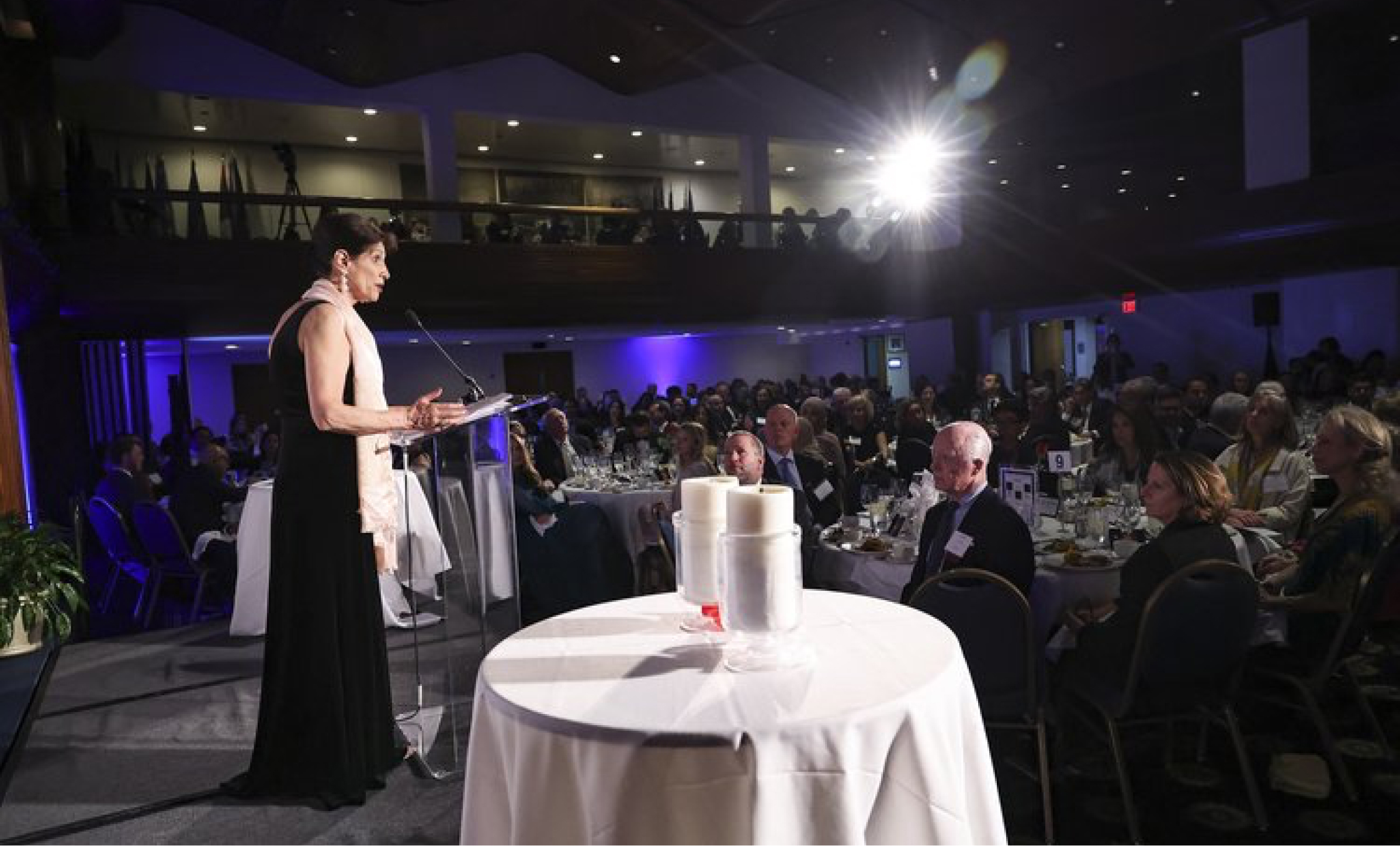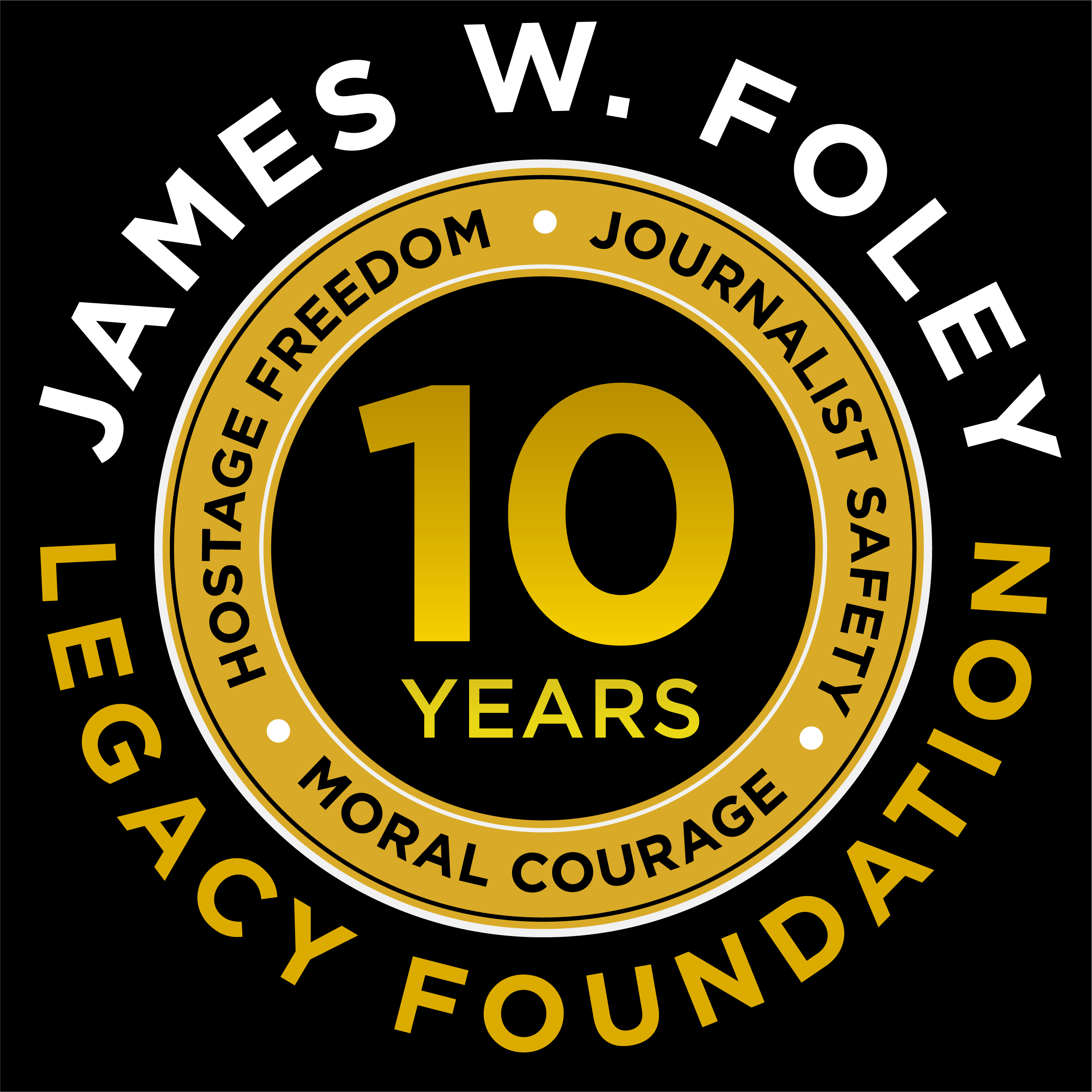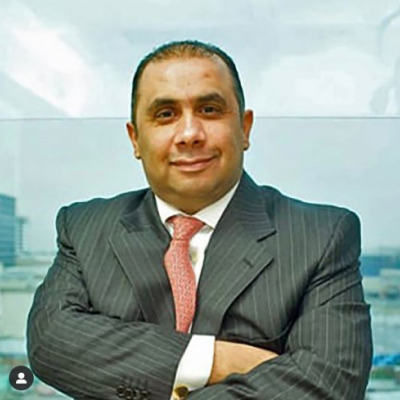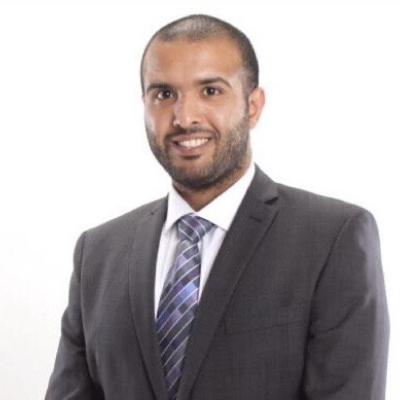
securing hostage
Freedom, promoting
journalist Safety,
INSPIRING MORAL COURAGE
INSPIRING
MORAL COURAGE,
ONE PERSON AT A TIME
INSPIRING
MORAL COURAGE,
ONE PERSON AT A TIME
Hostage Watch
Fighting for a world without fear of hostage-taking that values the role of journalists in protecting our freedom.
U.S. Nationals
U.S. Nationals + U.S. Lawful Permanent Residents
U.S. Lawful Permanent Residents
49
The current number of publicly disclosed hostage and wrongful detention cases. The list below represents cases in which families have requested public advocacy.

We Advocate for the Freedom of All Americans Held Hostage Abroad
The Foley Foundation is a principled advocate for U.S. hostage prevention and release, working with government, hostage families, the press, partner NGOs and other influential stakeholders.
Help Us Save Lives
Your donations will benefit the Foley Foundation and directly impact our mission: To advocate for the safe return of all Americans unjustly detained abroad and to protect freelance journalists.
Education
The James W. Foley Journalist Safety Curricula helps aspiring journalists and freelancers mitigate risk and stay safe.
Conducting Risk Assessments
Risk assessments help the entire team – journalists, crew members, and newsroom managers – prepare for potential risks when working any assignment. Risk assessments identify risks that may be encountered and help to mitigate them. The entire team needs to do their due diligence when assessing the risk/reward of covering any story. When thinking about journalism safety, the primary goal is to mitigate the risks when covering any assignment.
Covering Civil Unrest
This module focuses on the importance of securing electronic devices that store personal and work-related data. Students should develop a heightened awareness about how to protect data and how to determine the level of security needed in different situations. One thing to keep in mind is that nothing digital is ever completely safe. The safest way to get and protect information is to meet face-to-face, but that is not always possible.
Digital Security
This module focuses on the importance of securing electronic devices that store personal and work-related data. Students should develop a heightened awareness about how to protect data and how to determine the level of security needed in different situations. One thing to keep in mind is that nothing digital is ever completely safe. The safest way to get and protect information is to meet face-to-face, but that is not always possible.
Journalist Case Studies
This module offers information and strategies for staying safe – physically and mentally – during you work with experience from other journalists who have been there. Journalists must make sure they protect themselves, their colleagues, and their sources. Knowledge evolves so staying informed with current resources is important. These case studies are good accounts of how to protect yourself, your families and those you cover while out on assignments.
News & Media
-

Foley Foundation Announces 2024 James W. Foley Freedom Awardees
Read Full Post: Foley Foundation Announces 2024 James W. Foley Freedom AwardeesThe Foundation has announced the winners of its 2024 Foley Freedom Awards. The awards will be presented May 1 at a fundraising dinner.
















